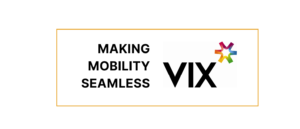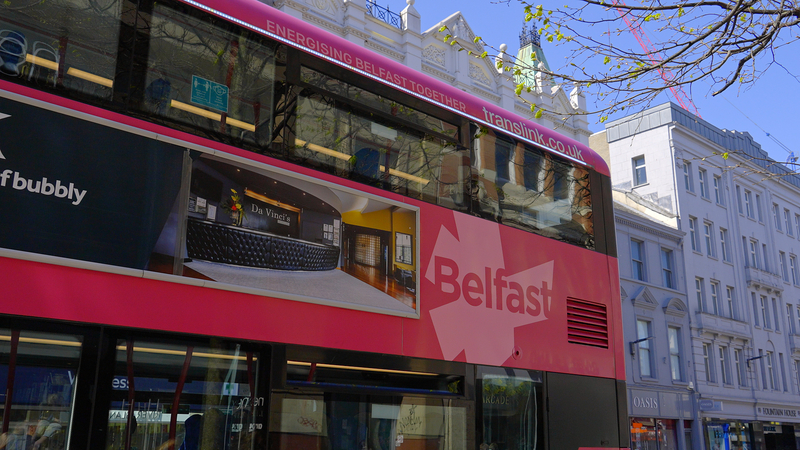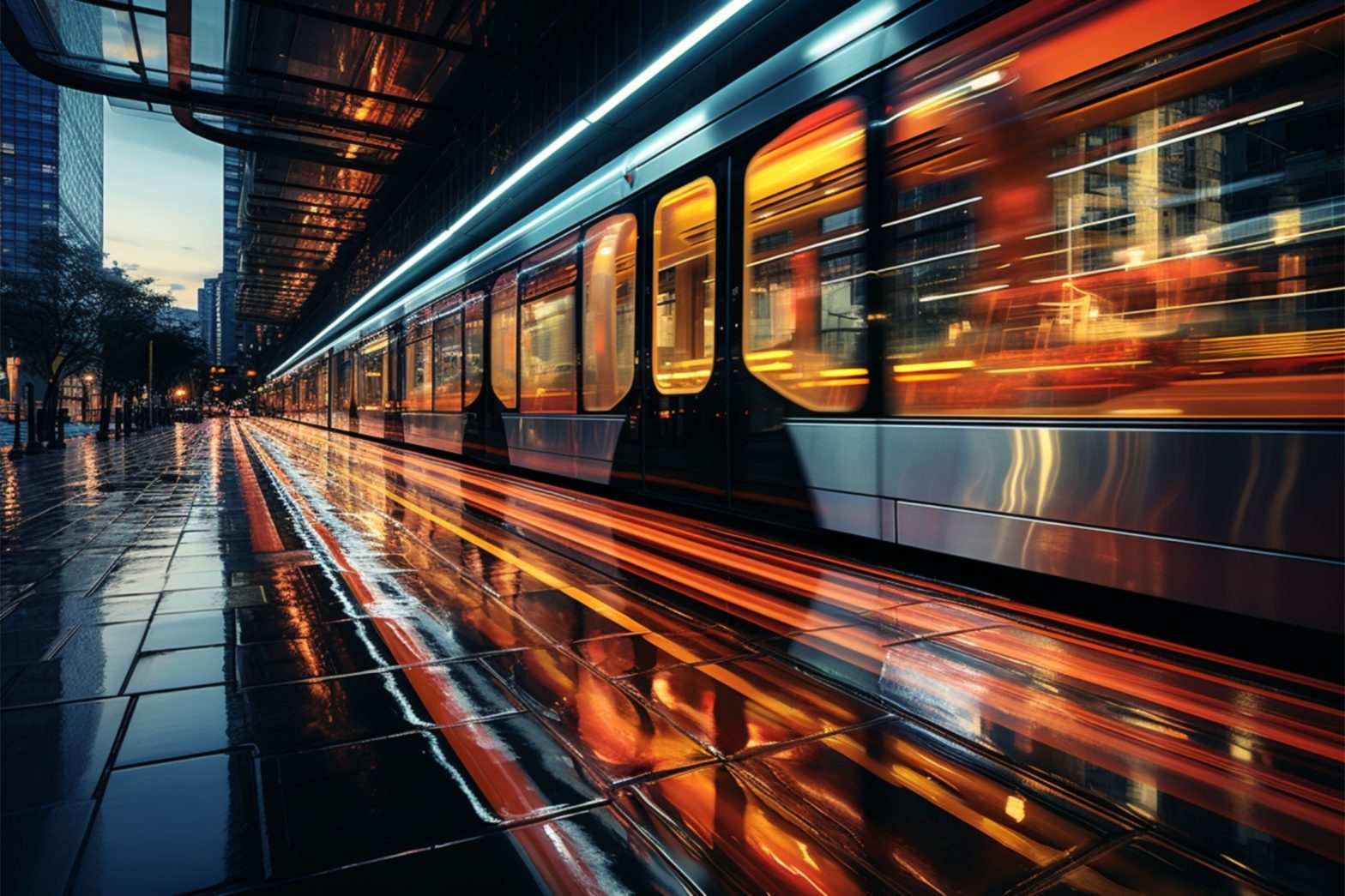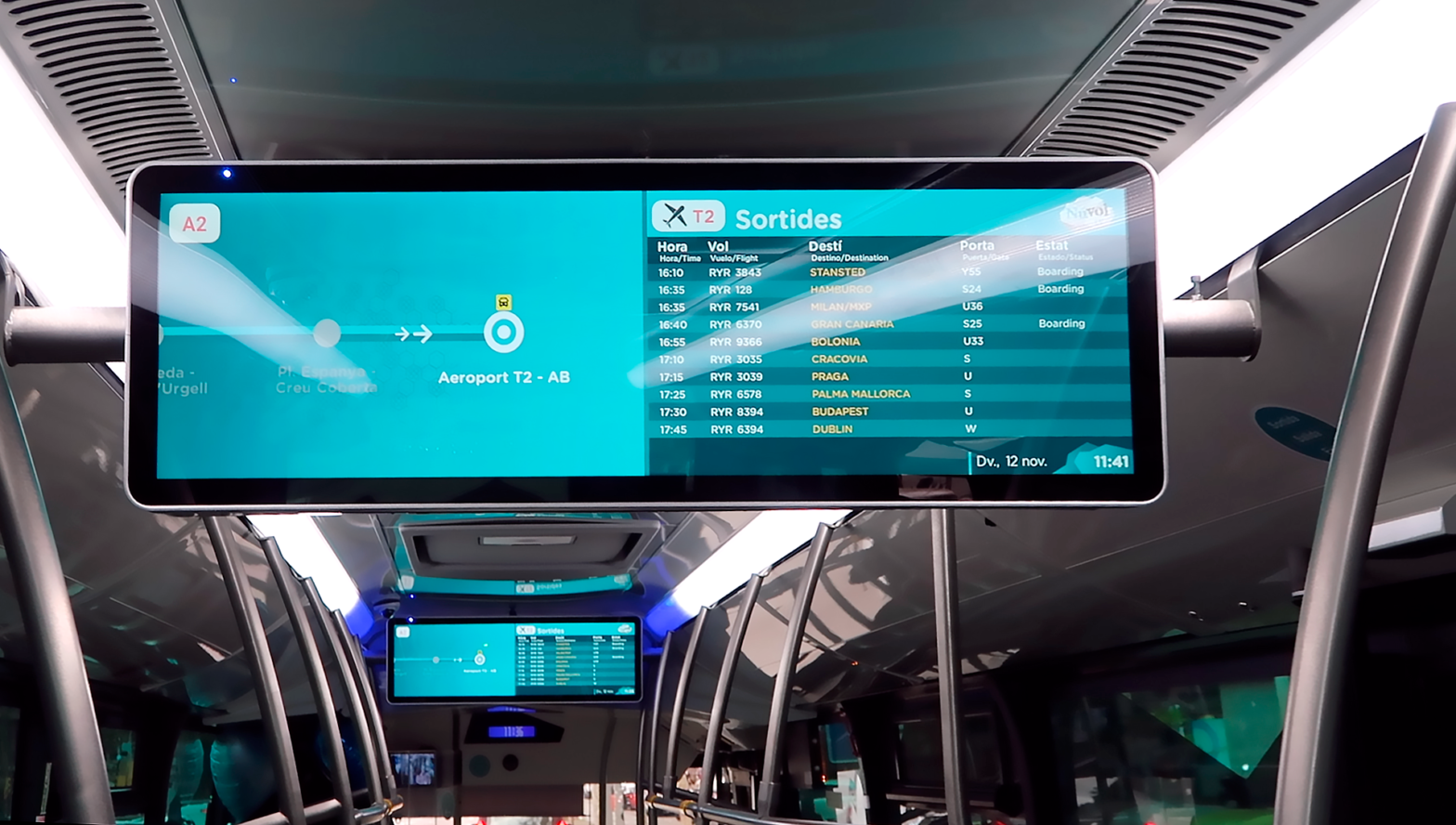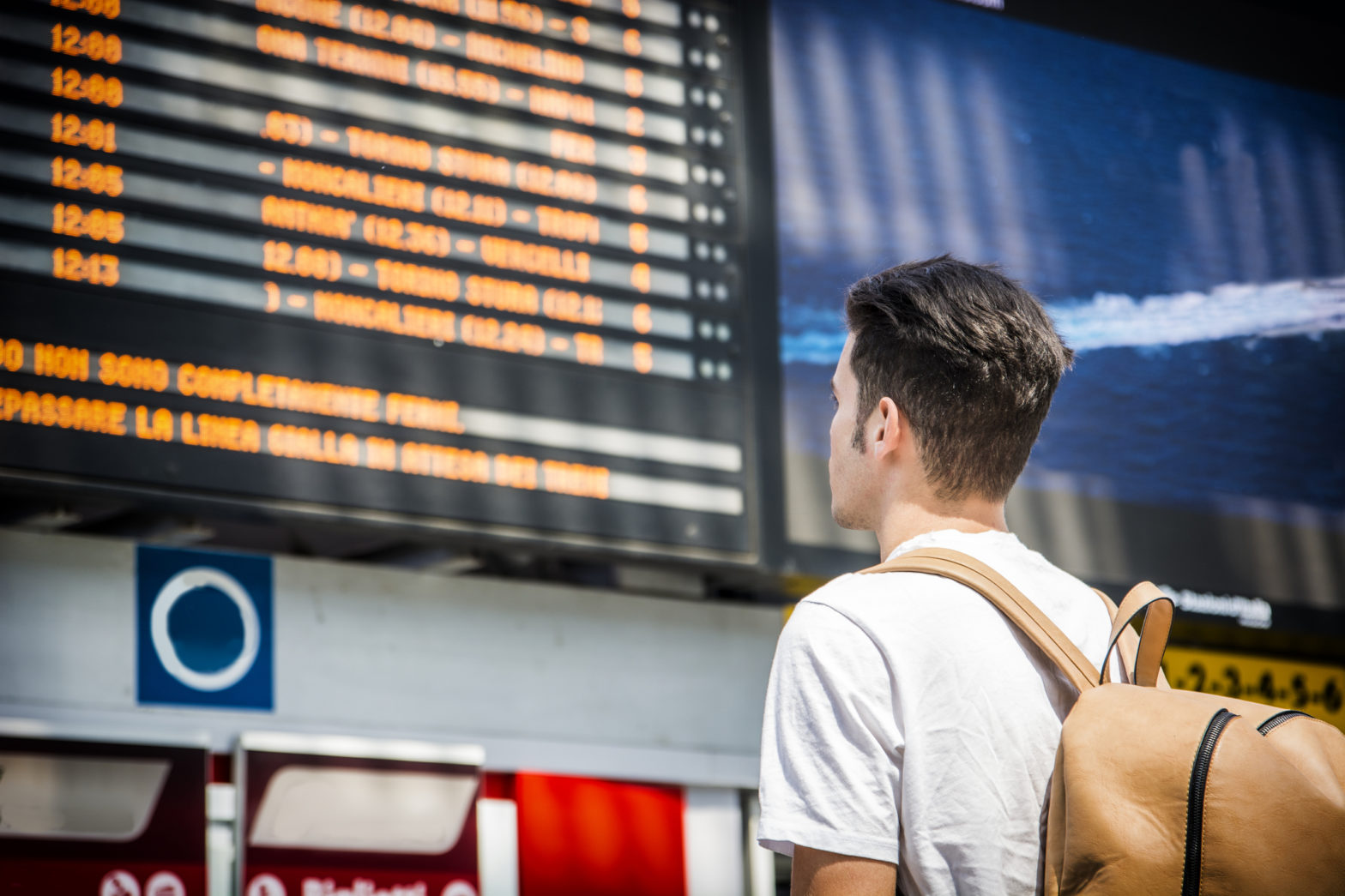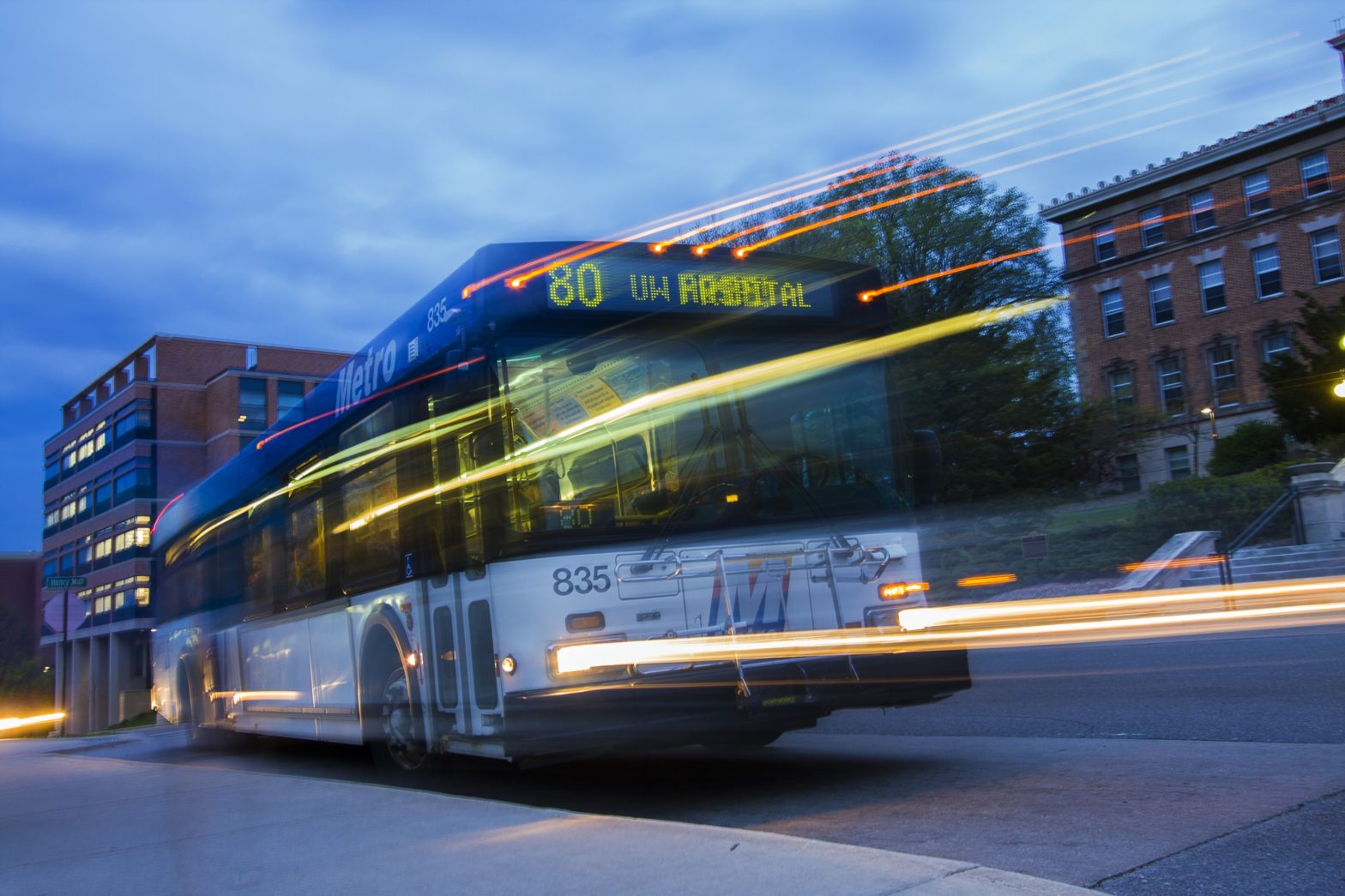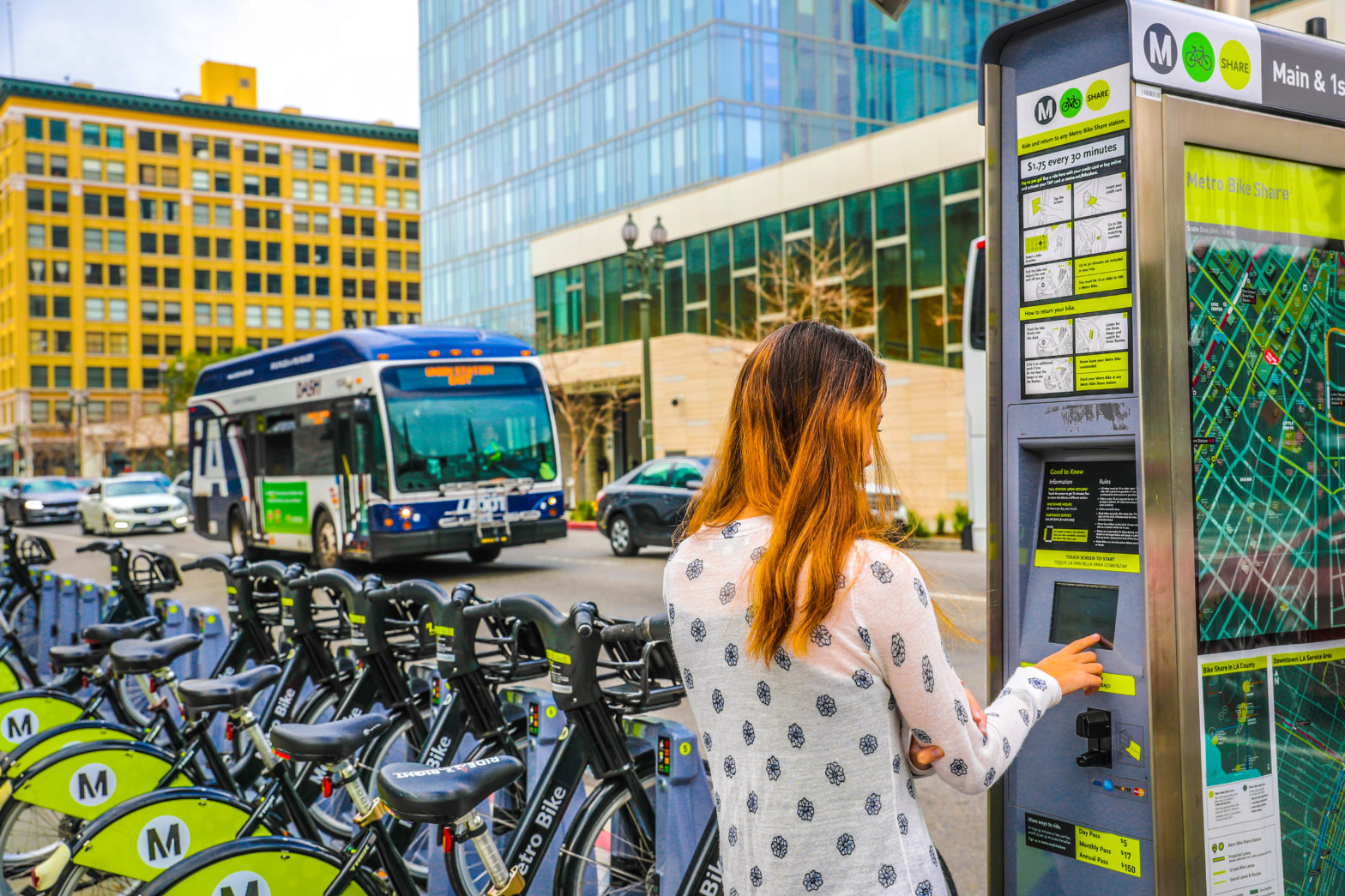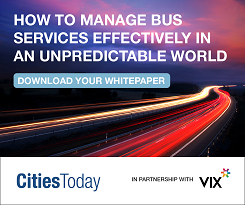
Photo: AdobeStock_52219149
Why the car is not the enemy for ITS sustainability
05 June 2023
Intelligent Transport Systems (ITS) can play an important part in supporting finding the right balance between car usage and public transport if sustainability goals are to be achieved, says a leading expert in the field.
Rob Cullingworth, Managing Director for the UK & Ireland, Vix Technology, and speaking on World Environment Day at the UITP Global Public Transport Summit, believes ITS is well positioned to achieve this as it straddles both traffic management and public transport.
“It’s not about making the car the enemy but realising a need for a better balance and co-existence,” he says. “Ultimately it’s about supporting mobility in a sustainable way.”
Government policy remains a key challenge, however. The right balance between carrot and stick in policy setting is yet to be found. Moves towards congestion charges, reduced parking options and higher road taxes are designed to encourage people out of their cars, but often there is strong opposition to them and the concerns and impacts to local businesses are not fully taken into account. More needs to be done to promote the benefits of public transport and deliver a strong customer experience, beyond making the car increasingly unattractive.
Related to this, more needs to be done around improving public information and communications and understanding why people choose a car over public transport.
“Just this past weekend, I had to make a choice between taking my car or a train to get from the South East of England to the South West with my four kids,” he explains. “If it were just me travelling and taking into account the cost, convenience, and the time taken, it was a bit of a no-brainer to take the train. But as soon as I put my four kids into the equation, well, the cost of my car journey didn’t change, but suddenly the cost of my train journey dramatically did.”

He argues more can be done around fare policy in this regard with better group save type options, family concessions, and understanding the tipping points for modal choice. Beyond simple cost, improving the overall passenger experience is at the heart of everything.
Importance of sustainable ITS
Cost-effective and sustainable ITS solutions are crucial for addressing transport challenges, optimising efficiency, reducing environmental impact, improving safety, and making informed decisions. By prioritising cost-effectiveness and sustainability, transport systems can become more efficient, resilient, and environmentally friendly, benefitting both present and future generations.
“Take real time information displays for example, by themselves, they don’t change whether the bus is on time or not,” he says. “But just by having a display and the ability to share that data more widely, at least passengers can make an informed decision. They can leave the house a little bit later or understand they can make alternative plans, and potentially have a range of sustainable choices.”
“Digital signage is a core part of our business. The benefits of moving towards battery and solar powered displays is something we are pushing hard on,” he says. “But also, it isn’t just the technology, it is how the technology is manufactured, how it is supported, and its lifetime value and footprint. We are demanding much more around how components are sourced, the ability to recycle those components and to dispose of them. And making sure those components have a longer lifetime, existence and value in the field.”
It is also about capturing the different areas of ITS that support sustainability. One of his key focuses is also on the ability to predict delays, both in public transport and on the road, capacity management and improving travel times.
“Take the digital signage and then marry that with better predictions, improved scheduling, better routing, all of that adds up to delivering a better customer experience and the perception of that journey, all of which will encourage future use, supporting the overall sustainability agenda for ITS.”
Within Cullingworth’s role at Vix Technology he is focusing on ways to achieve a better customer experience with integrated solutions and platforms spanning digital signage and content management, data brokering and dissemination, predictions and real-time operational support, on-vehicle equipment and CAD/AVL, and digital rail gates. The goal is delivering open and interoperable ITS platforms to better integrate the ITS ecosystem across private cars, public transport and extended mobility providers to support sustainable mobility and an improved traveller experience.
All are part of the solution to encourage people to make more sustainable choices and use public transport as their first choice, but recognise that coexistence with the private car is a reality.
Behavioural change and habits are additional tools to achieve sustainability and increasing the conscientious pressure on people to use public transport over the car.
“When I first travelled internationally, having joined the industry, I remember exiting the airport and my automatic instinct was to head to the taxi rank,” he says. “My colleagues, long-standing industry stalwarts, looked at me in horror. They were programmed to always check out the public transport options as their default option, both as industry geeks checking out the competition, but actually, and very truly, simply because they thought it was the right thing to do.
“That’s obviously now become my go to, but has had me wondering, how do we extend that sentiment much more broadly, and make this more of a thing in people’s minds?”
He also sees the future of sustainable ITS moving to people being directed to and able to make collective decisions as opposed to a simple individual preference or benefit, such as at a sporting event. Typically, a major trunk road is selected on travel apps to get to that particular sporting event. But if 100,000 other people are trying to use that road it isn’t efficient.
“What if those algorithms are updated to think about the network as a whole,” he adds. “And your decision was not simply to be the fastest in isolation but what’s the fastest for the 100,000 people that are also going at the same time as you? Imagine you could support making the best choices across modes of transport and routes with the predicted demand already in mind. It is too late when everyone is already on the road. It needs proactive and predictive planning.”
This kind of collective responsibility and utilising the car and public transport together can really drive sustainable agendas.
“Otherwise, we’re always competing with each other and that’s not going to help sustainability,” he adds. “Vision for change has to be rooted in some form of idealism, and whilst I am not naive enough to believe it is easy, we cannot simply be always fighting for wallet share and see who wins, there has to be an agenda for the greater good. Sustainability is too important to be left to chance.”


